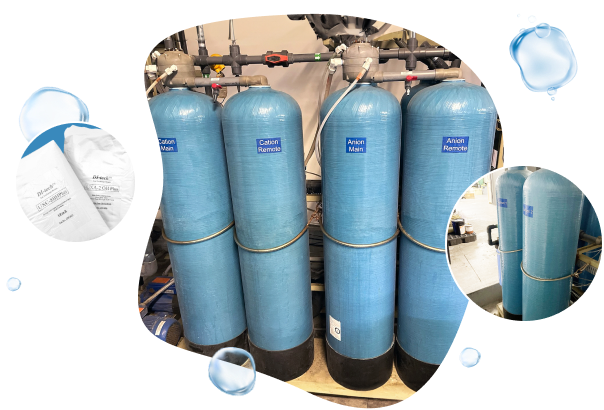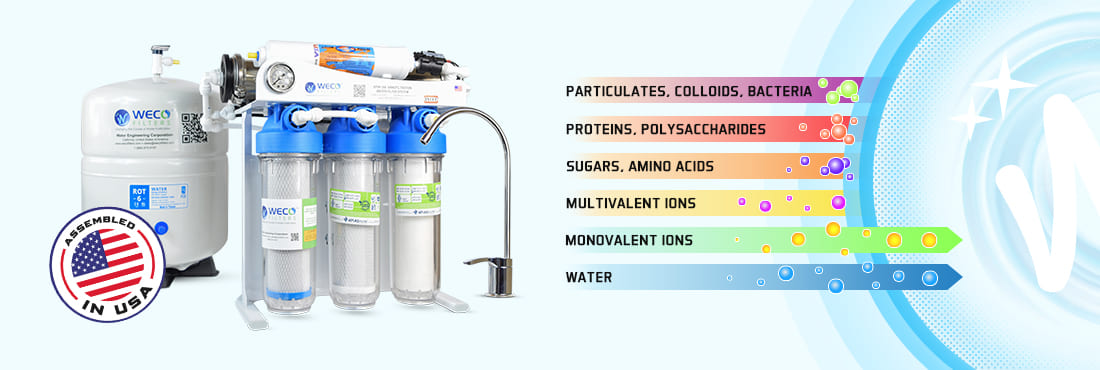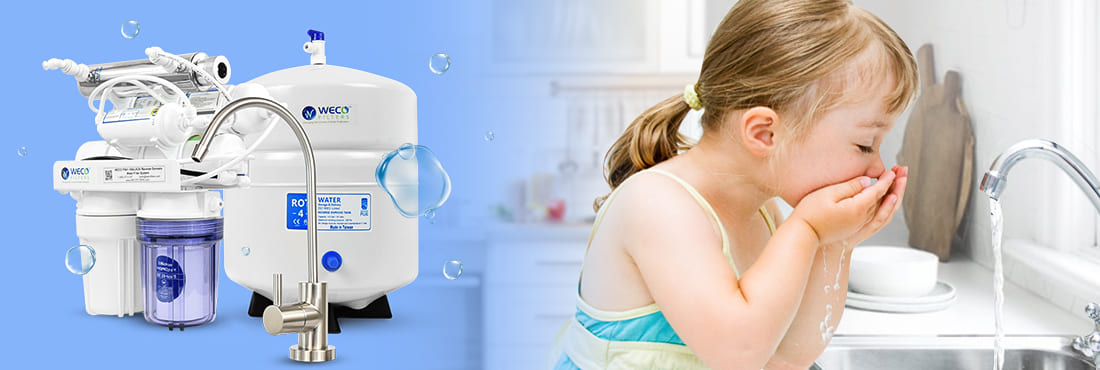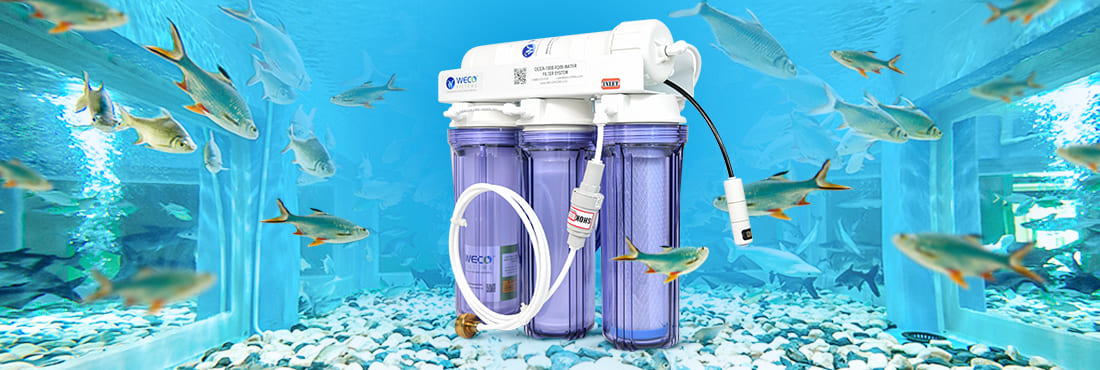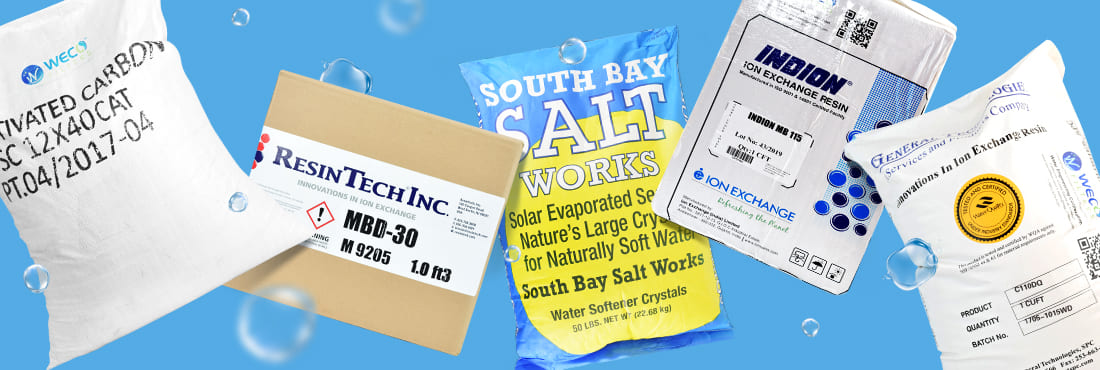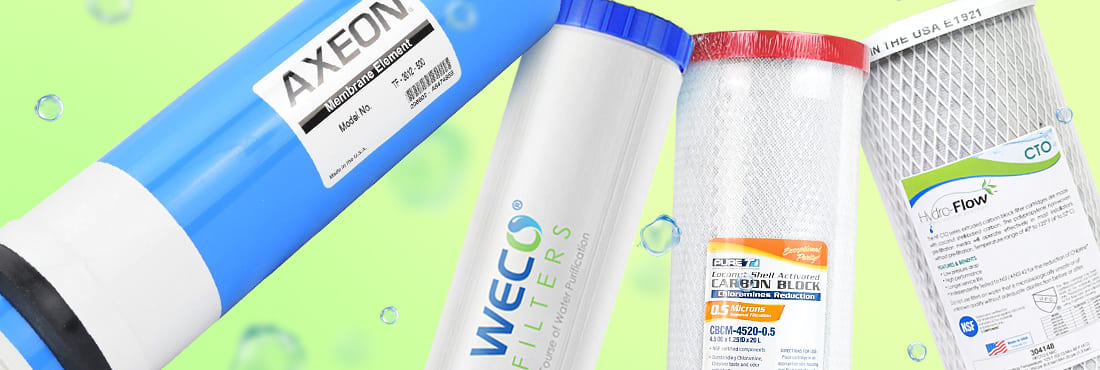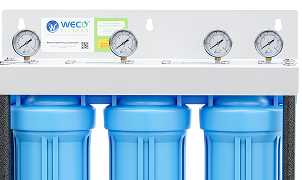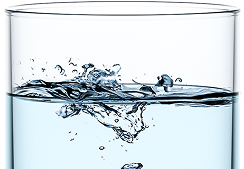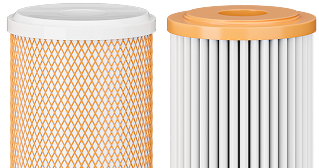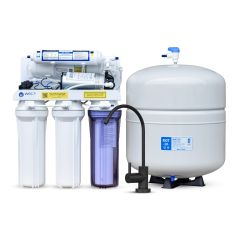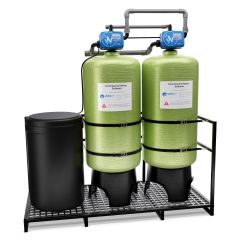Water Softening and Filtration Solutions
Whole House Systems
Water Filters, Softeners & Custom Systems Based on Your Water Report
Nanofiltration Systems for Drinking Water Purification
Remove particulates, microorganisms, proteins, sugars, amino acids and multivalent salts from your drinking water.
Polaris Scientific UV Light Disinfection Systems
Inactivate waterborne microorganisms within seconds
CLARINA RO Systems
High-end Ultra Efficient Reverse Osmosis Drinking Water.
Shower Water Filters
Dechlorinate, reduce odors for a luxurious and invigorating shower.
Compact Under the Sink Drinking Water Filter Systems
Fits in tight areas where under sink space is a main concern while not sacrificing the quality of purified water.
No Salt Scale Reducing Whole House Systems
Alternative to traditional salt based water softeners utilizing state-of-the-art Nucleation Assisted Crystallization (NAC) technology.
Filters for Reef Aquariums
Control the environment of your aquarium just as you wish with pure filtered deionized water. Color changing DI resin cartridges and nuclear grade resin for retail or bulk purchases.
Water Treatment Media
Resin, carbon, katalox light, kdf, softener salt, gravel, alumina, calcite, corosex, membrane antiscalant and more..
Replacement Filter Cartridges & Membranes
Resin, carbon, katalox light, kdf, softener salt, gravel, alumina, calcite, corosex, membrane antiscalant and more..
Installation Services Available
Professional installation services are available through Grand Water plumbing subcontractor network.
Featured Products

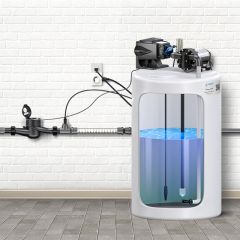
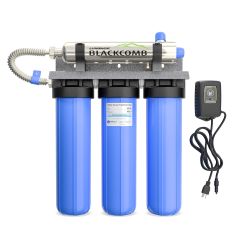
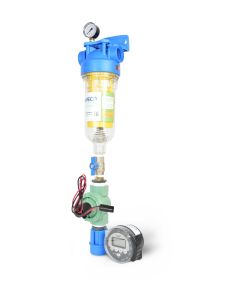
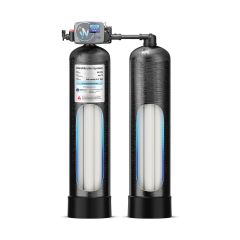
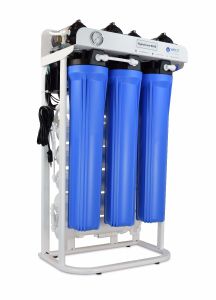
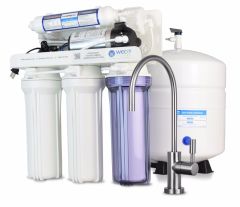
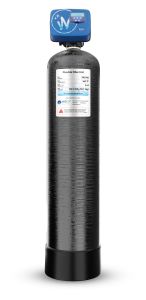

¡Hablamos Español!
Ask a Certified Water SpecialistLearn More About Well Water Issues
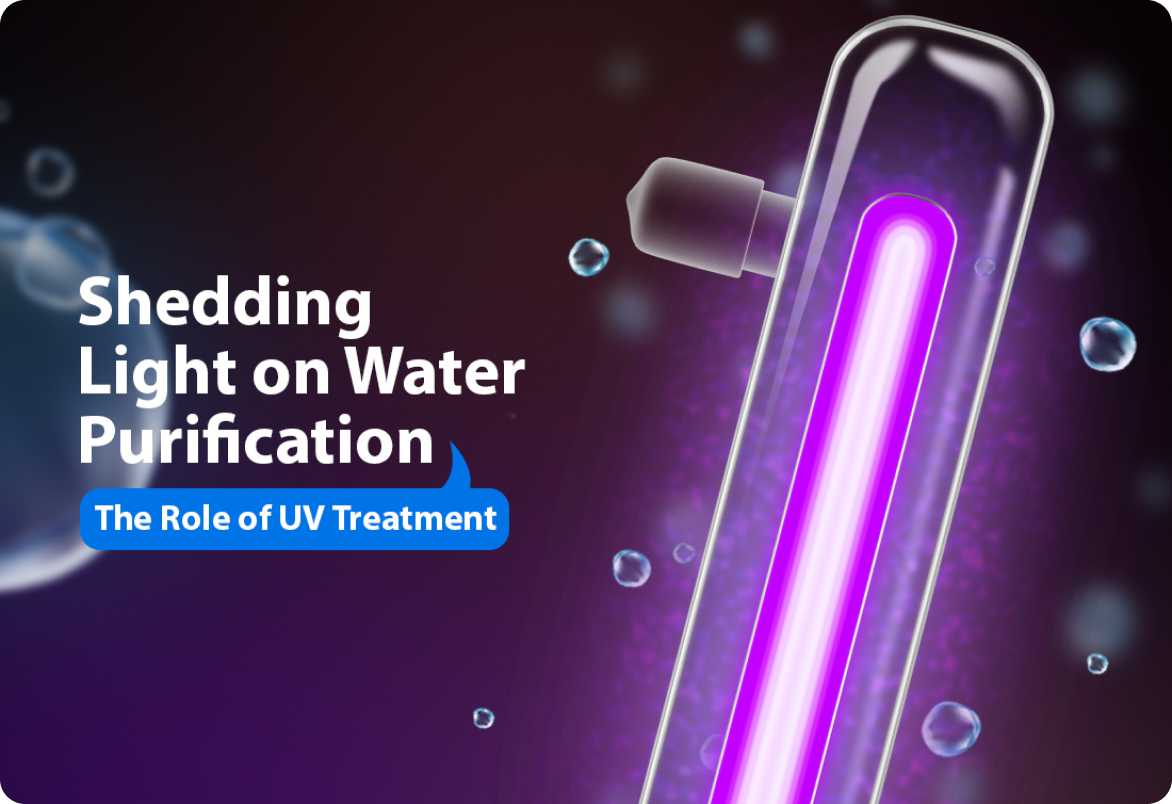
Shedding Light on Water Purification: The....
Ultraviolet (UV) treatment effectively eliminates bacteria like E....

Troubleshooting Undersink Reverse Osmosis....
Insufficient water pressure or minimal flow from the RO...
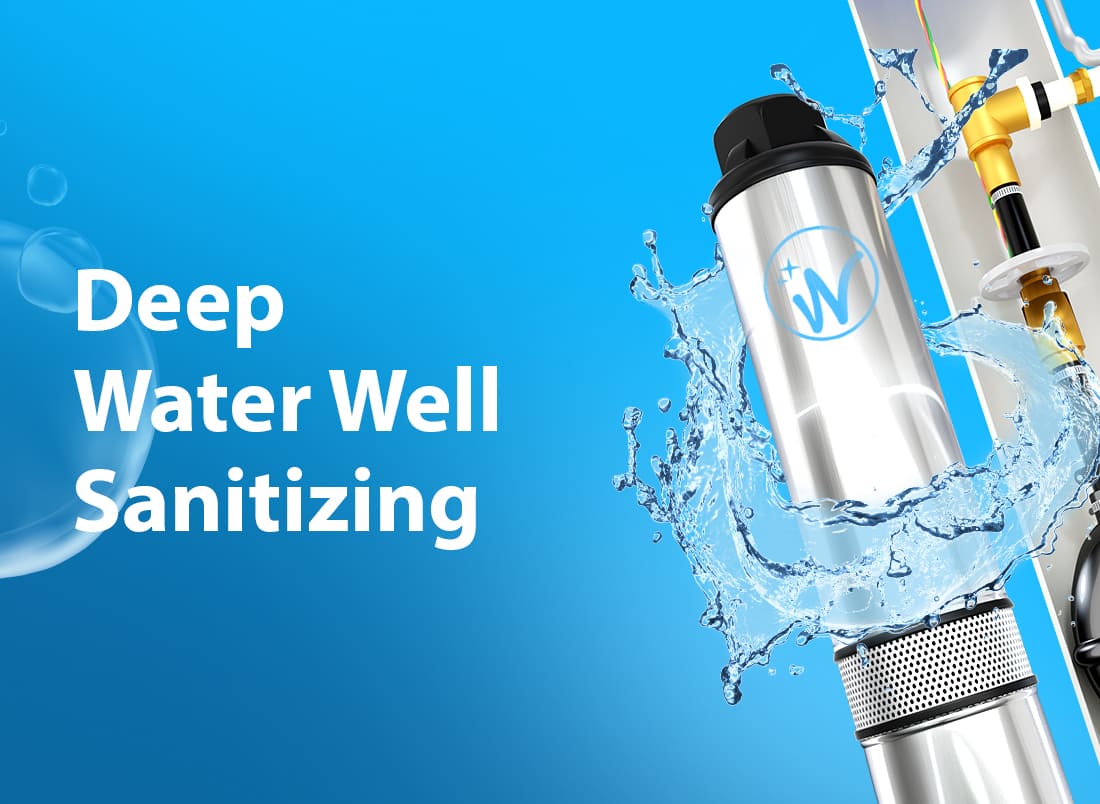
Deep Water Well Sanitizing..
Following certain situations, such as floods or other means of...
WECO
Filter Installation Services
We’ve made installation of your WECO water filtration system as easy as a phone call.
More
Outdoor Water Softener Installation
City water with 21 gpg hardness. Customer opted for custom made softener with stainless steel outer jacket and control valve weather cover.
One garden hose and sprinkler system was left untreated. Programmed to highly efficient 6 lbs per cubic foot of resin, salt setting. Softener bypass for easy service. Strapped to the side wall.
 Long Beach
Long Beach
CLARINA-75QD Under Sink RO Installation
Long beach city water client needed low TDS bottled water quality drinking water freshly made at home. She had limited undersink space and granite countertop but we made it work with a smaller tank.
 Long Beach
Long Beach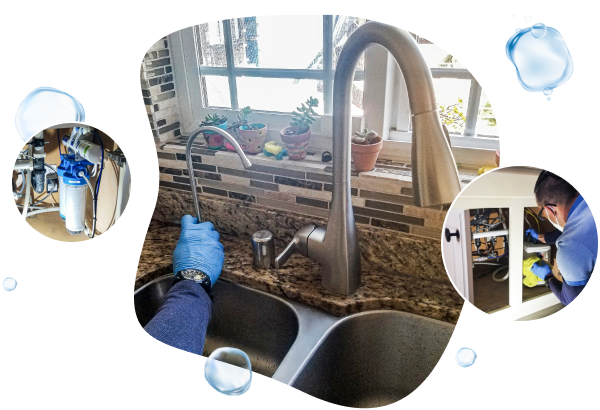
Reverse Osmosis Drinking Water Installation
Hard water client needed to soften water and at the same time remove contaminants for safe drinking water at home. RO model we installed CLARINA-75QD
Pressure tank was laid on the side to save space since the client had limited space under sink.
 Long Beach
Long Beach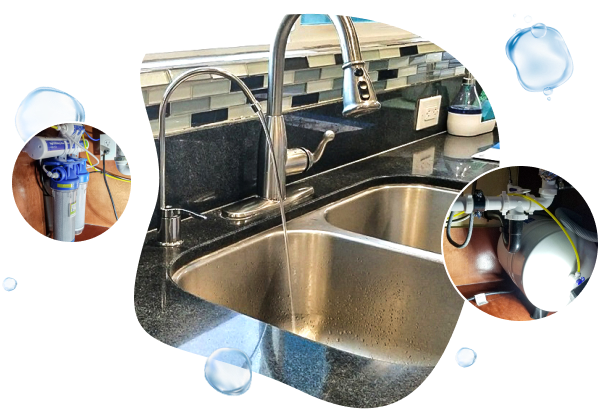
Undersink RO with Triple Faucet Installation
Palm Springs client did not want us to drill her granite countertop. We suggested replacing her kitchen faucet with a triple pull down faucet which also has a RO drinking water outlet.
Installation took 1 hour and we made sure to show her the before and after TDS water test results
 Long Beach
Long Beach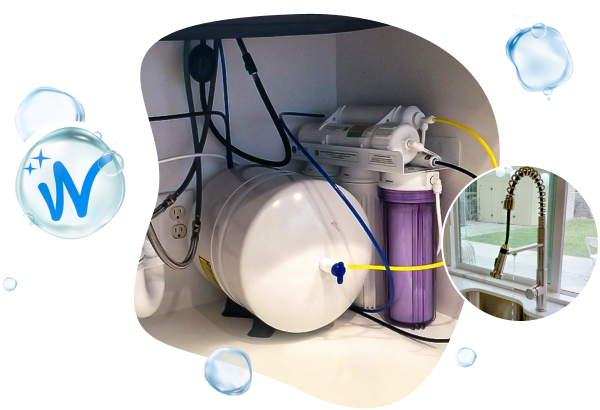
Troubleshoot No Flow from Faucet
Client in Palos Verdes had a pressure tank with a ruptured bladder. Very slow trickle of water from RO faucet.
We replaced the tank, cleaned the system and tubes using Sani cleaner, replaced the membrane and filters and finally tested the system to verify correct production rate and TDS reduction.
 Long Beach
Long Beach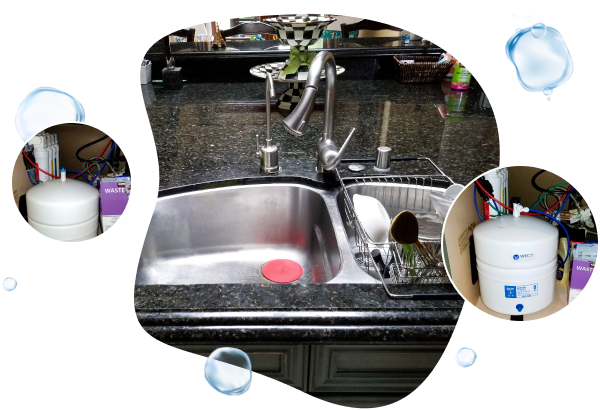
HydroGuard RO with Triple Faucet
The client in the southern part of Long Beach had a beautifully designed sink countertop and specifically requested not to have an additional faucet hole. Prior to our arrival, they had conducted their research and already had a triple faucet in brushed nickel finish, featuring options for hot, cold, and filtered water.
We installed a HydroGuard reverse osmosis (RO) unit and seamlessly connected it to the existing drinking water spout.
 Long Beach
Long Beach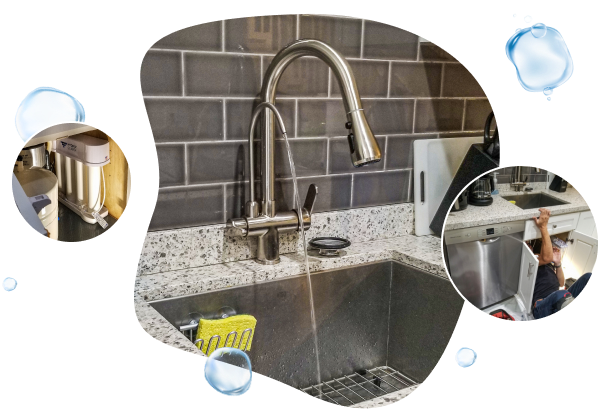
Installation of Antiscalant Water Conditioning System
Walnut client's municipal water gets XRT390 3-stage system! Reduces scale & chlorine. Installed in garage w/ soldered copper pipes & mold-free wood backing.
 Walnut
Walnut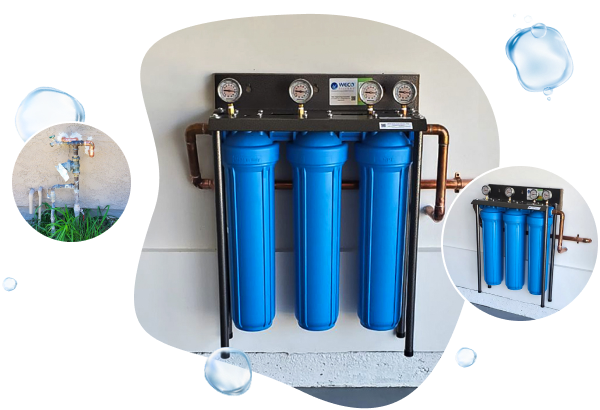
Resin Changeout for Long-Lasting Performance
Ensured seamless metal finishing for a commercial plant by providing a professional resin changeout. This plant specializes in surface prep, anodizing, and chemical film coating for metal parts. The cation (H+) and anion (OH-) resins used in their water treatment system are regenerated onsite with specialized chemicals, extending their lifespan and optimizing their metal finishing process. This minimizes downtime and ensures high-quality results for their clients.
 Chatsworth
Chatsworth